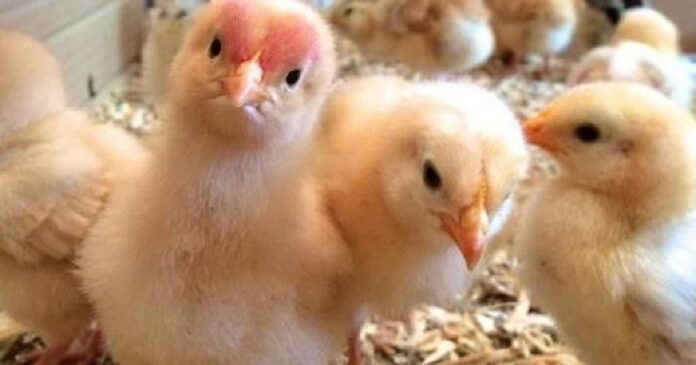Day-old chicks are newly hatched chicks that are just one day old. They are small, fluffy, and vulnerable, requiring special care during the brooding phase. This includes providing a controlled environment with the right temperature, proper nutrition, and hydration. Day-old chicks are commonly distributed to farmers to raise them to maturity for egg or meat production. Proper care during this critical stage ensures their health and sets the foundation for their future well-being and productivity.
What is brooding?
In poultry farming, brooding refers to the management practice of providing a controlled environment to newly hatched chicks or young birds (poults or ducklings) to ensure their well-being and healthy growth during the initial stages of life. The brooding period is critical as it sets the foundation for the birds’ future development, health, and productivity.
Why is brood day-old chicks for a month?
Brood day-old chicks for a month. It is a critical phase in poultry farming and has several important benefits for the health and development of the chicks. Here are some reasons why brooding is essential during this early stage:
- Temperature regulation: Day-old chicks are not yet capable of regulating their body temperature effectively. Brooding provides a controlled environment with appropriate temperatures, ensuring the chicks stay warm and comfortable. Maintaining the right temperature is crucial for their growth and survival.
- Feeding and hydration: During the first few weeks of life, chicks need access to proper nutrition and clean water. Brooding provides easy access to feeders and drinkers, ensuring the chicks receive the necessary nutrients and hydration to support their rapid growth.
Protection from predators: Day-old chicks are vulnerable to predators, and brooding them in a secure environment helps protect them from potential threats.
Socialization and behavior development: Brooding provides an opportunity for chicks to socialize with their siblings, which is important for the development of their social behaviors and hierarchy within the flock.
Disease prevention: The brooding area can be properly sanitized and disinfected, reducing the risk of disease transmission among the chicks. This is especially crucial during the early stages of their life when they are most susceptible to infections.
Stress reduction: The transition from the hatchery to the farm can be stressful for chicks. Proper brooding techniques, such as providing adequate space, reducing noise, and ensuring a comfortable environment, can help minimize stress levels and improve overall well-being.
Body weight and growth: Brooding ensures that the chicks have access to feed and water at all times, promoting consistent weight gain and healthy growth rates.
Learning to forage: As the chicks grow older during the brooding period, they will start to learn basic foraging skills. Providing a suitable environment with appropriate bedding and space encourages natural behaviors.
Observing and monitoring health: Brooding allows poultry farmers to closely observe the chicks’ health and spot any potential issues early on. This enables timely intervention and treatment if needed, minimizing the impact of diseases or health problems.
Familiarity with the environment: During the brooding period, the chicks become familiar with their surroundings, which can reduce stress when they eventually move to larger grow-out facilities.
Overall, proper brooding practices are essential to set a strong foundation for the health, growth, and development of day-old chicks, leading to healthier and more productive adult birvds in the future.
These are simple steps on how to brood day-old chicks (DOCs) when they arrive in the brooder house for the first time. This applies to any kind of poultry be it layers, broilers or cockerels. Starting off well is important to avoid chick mortality and high productivity.
Before you bring in your day-old chicks (DOCs)
- Have a brooder house (a place to keep the chicks warm) with enough space to keep the number of chicks you are bringing in.
- Clean and disinfect the house.
- Cover the floor of the house with paper or wood shavings. If you use wood shavings, do it lightly and not as in deep litter.
- Get your chick feed and water with glucose ready.
- Get your heating and lighting system ready. Chicks cannot feed in darkness.

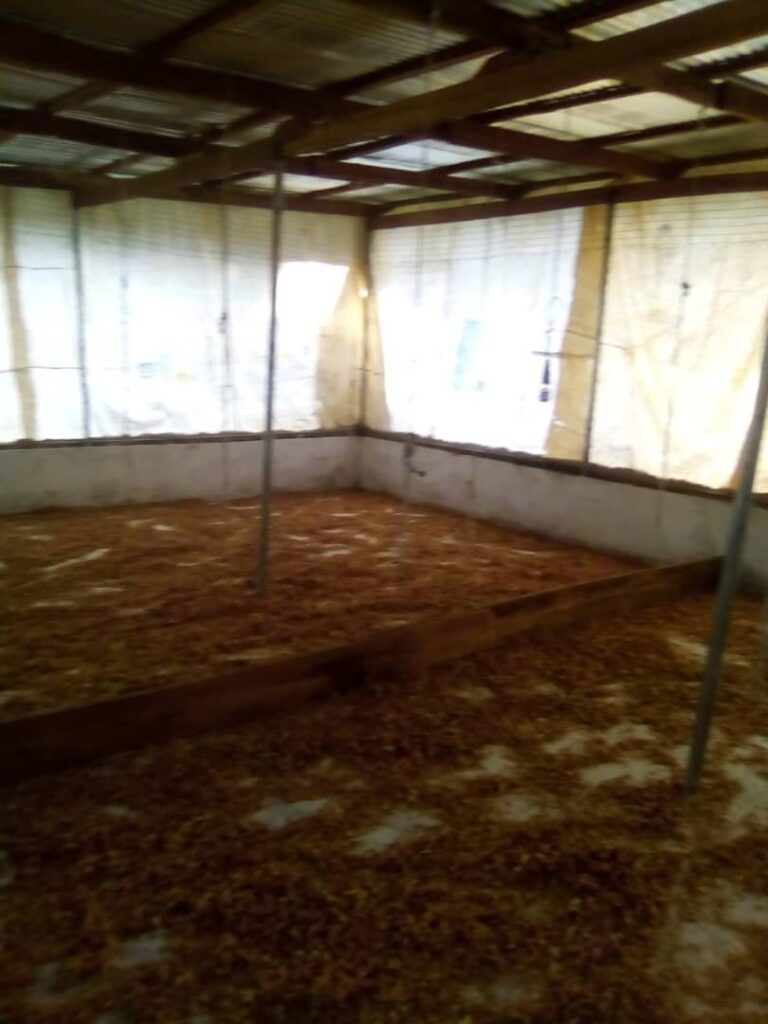
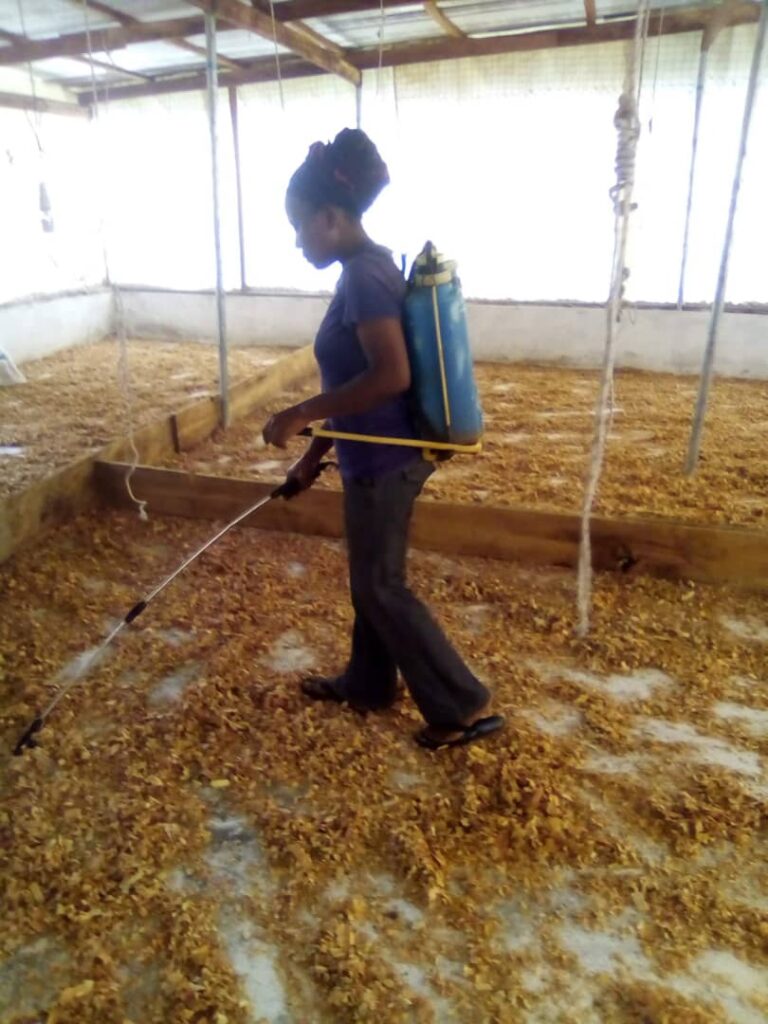
When your day-old chicks arrive
- Whiles in their boxes, place them in the brooder house for about 10minutes. In cold periods set up the heating system to give them warmth.
- Whiles your drinkers are ready, remove the chicks and allow them onto the floor of the brooder house.
- Make sure they are able to get to the water and drink.
- Do not feed them yet, until after 2 or 3 hours.
- Stay with them. Some of the chicks may be weak and may need help initially to get to the water.
- Start feeding them after 2 or 3 hours with the right feed.
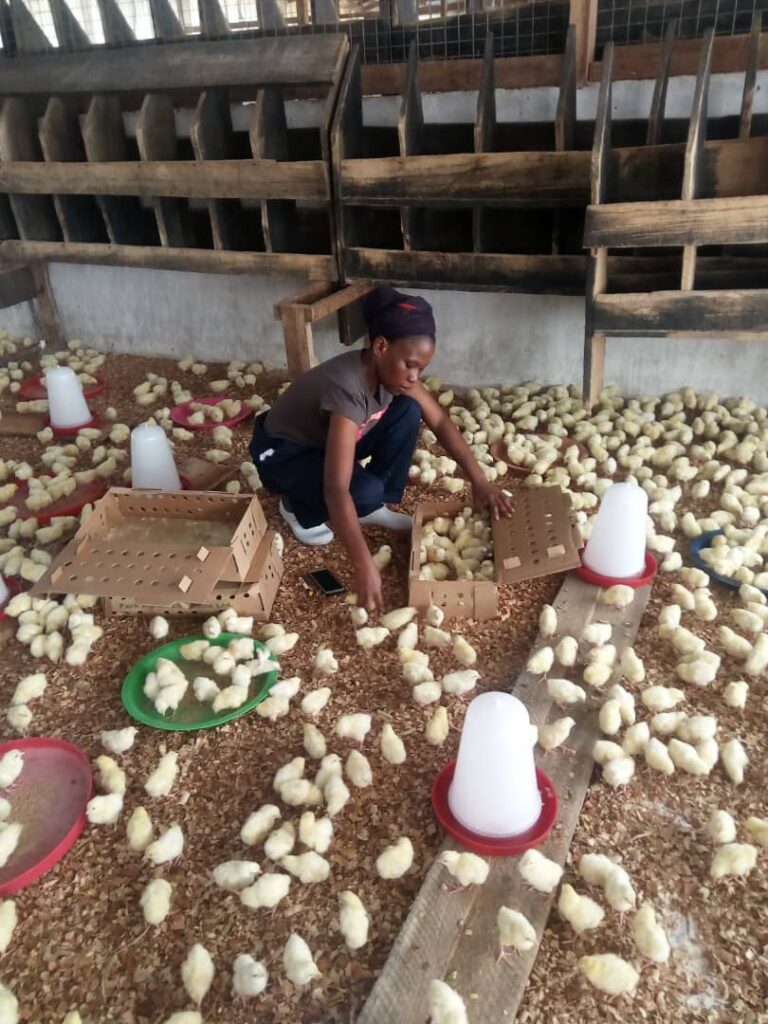
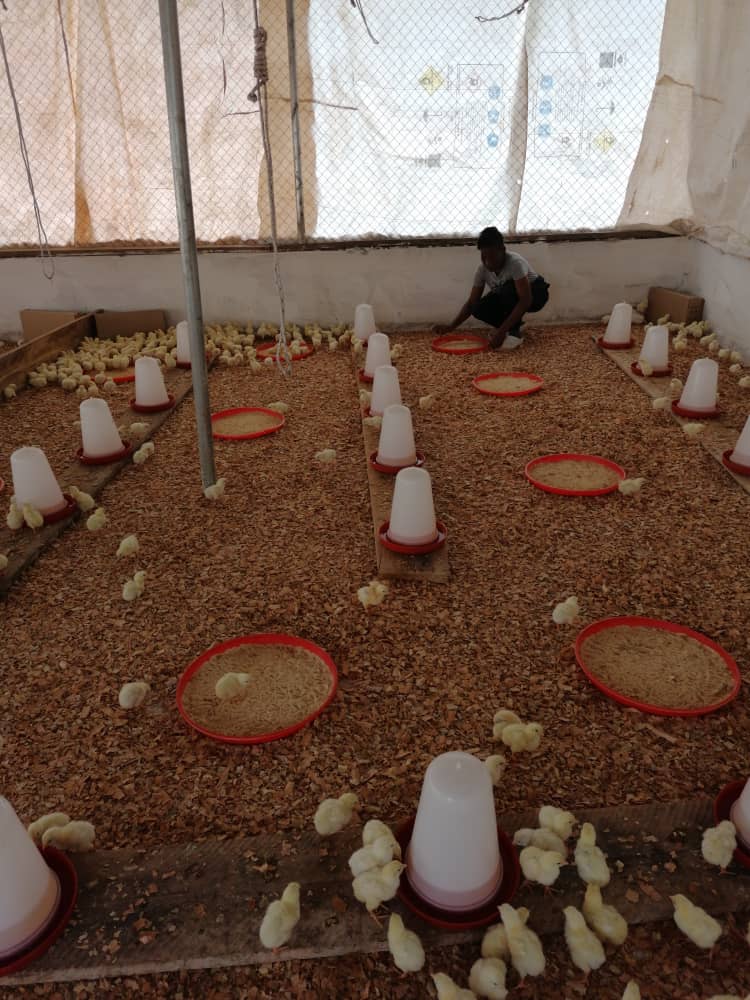
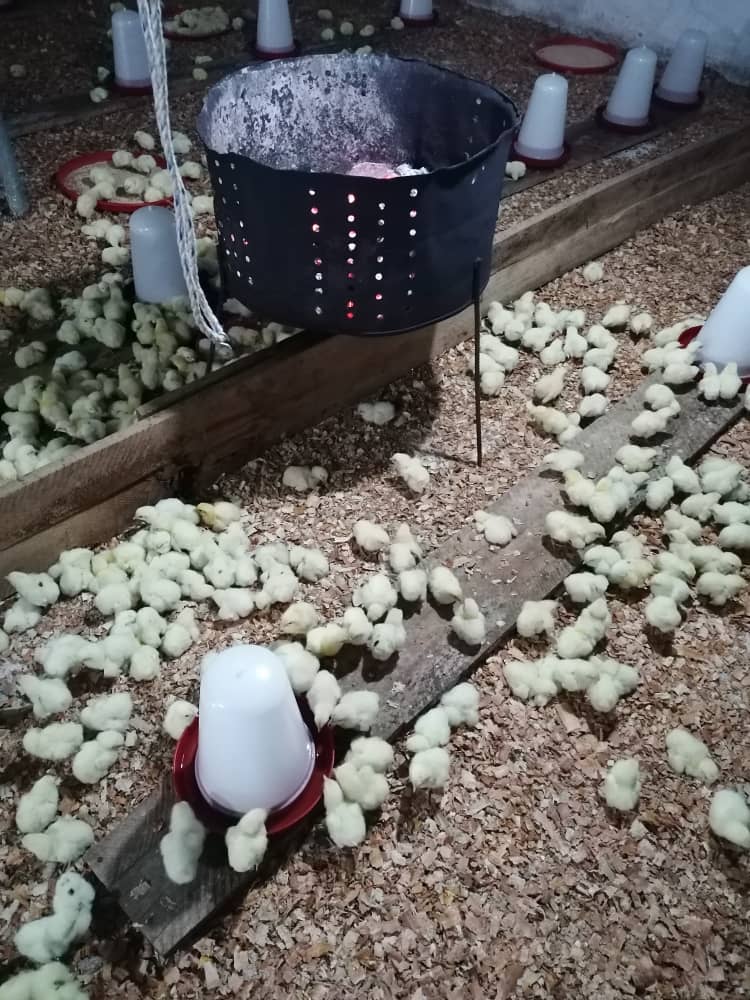
After the DOCs settle in the brooder house
- Stay close to them at all times and monitor for any unusual behaviour for immediate attention.
- Regulate the brooder house temperature when necessary.
- Keep feeding them the right feed and medication.
- Introduce them to the main poultry house after 3weeks or a month.
Follow these simple steps to receive your day-old chicks into your brooder house, and you stand a better chance of reducing mortality and low productivity of your birds.
